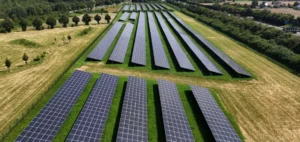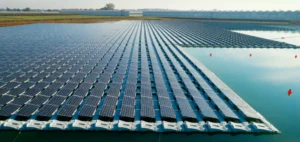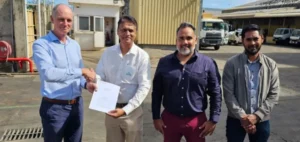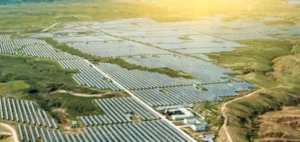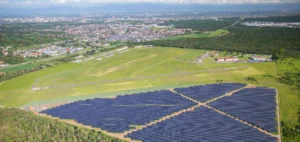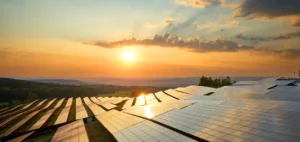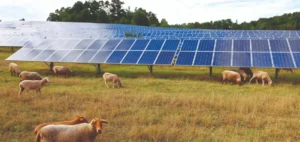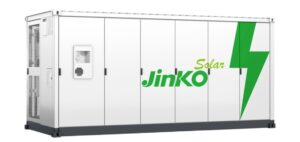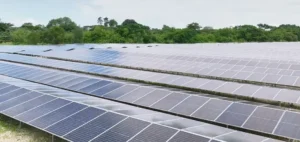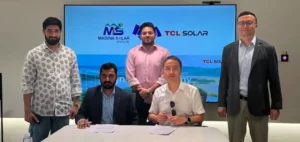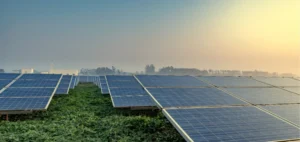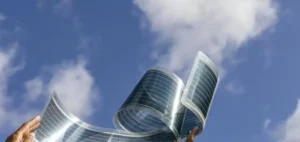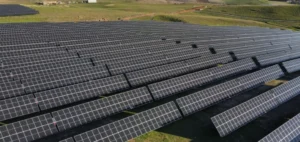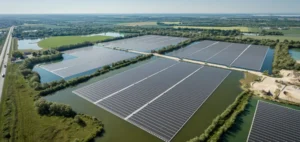DMEGC Solar, a subsidiary of the Hengdian Group, recently initiated a 940 MW project in China’s Jiangsu province.
This project combines photovoltaic energy with fish farming production, taking advantage of the vast water surfaces available to install high-performance solar modules, specifically 630 W N-type models. This technology makes it possible to simultaneously exploit water resources for aquaculture and energy production, meeting energy needs while optimizing the use of space.
The project is expected to produce 1.609 billion kWh per year.
This energy contribution would reduce coal consumption by 496,400 tonnes per year, resulting in a reduction in CO2 emissions of 1.2374 million tonnes.
This project illustrates the successful integration of photovoltaic technologies in highly spatially constrained environments, while adding substantial value to local agricultural activities.
Economic impact and energy efficiency
Integrating solar panels into fish ponds offers a number of significant advantages.
In addition to generating electricity, this installation contributes to the thermal regulation of the ponds, fostering an environment conducive to fish reproduction.
Energy efficiency is at the heart of this project, enabling maximum exploitation of natural resources without encroaching on agricultural or urban land.
The Jiangsu project is also a lever for economic development.
By generating economic value of around 1.5 billion RMB per year, it stimulates regional growth while enhancing the automation of agricultural practices.
The resulting cross-sector cooperation embodies a modern approach to the exploitation of natural resources, aligned with the objectives of sustainable energy production.
DMEGC Solar: A key player in the photovoltaic industry
DMEGC Solar stands out for its ability to supply large-scale photovoltaic solutions.
The Lianyungang plant, one of the company’s main production bases, plays a central role in this project, supplying the modules required for the installation.
With an annual production capacity of 17 GW for solar cells and 12 GW for modules, DMEGC Solar is asserting its position as world market leader.
The Jiangsu project is part of a broader strategy of industrial diversification, aimed at strengthening the resilience of energy infrastructures while maximizing synergies between different sectors.
This approach enables DMEGC Solar to meet the challenges posed by the energy transition, by offering high value-added solutions that integrate harmoniously into existing ecosystems.




